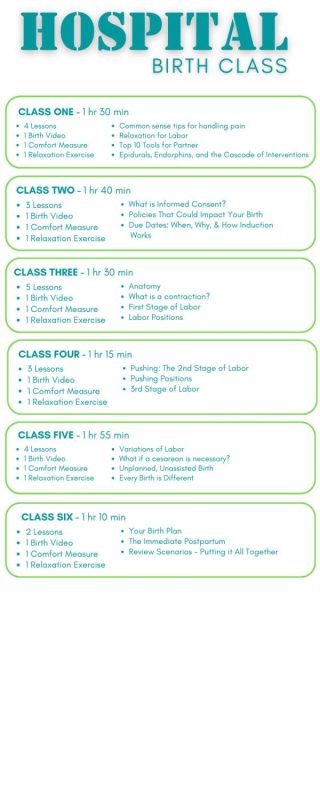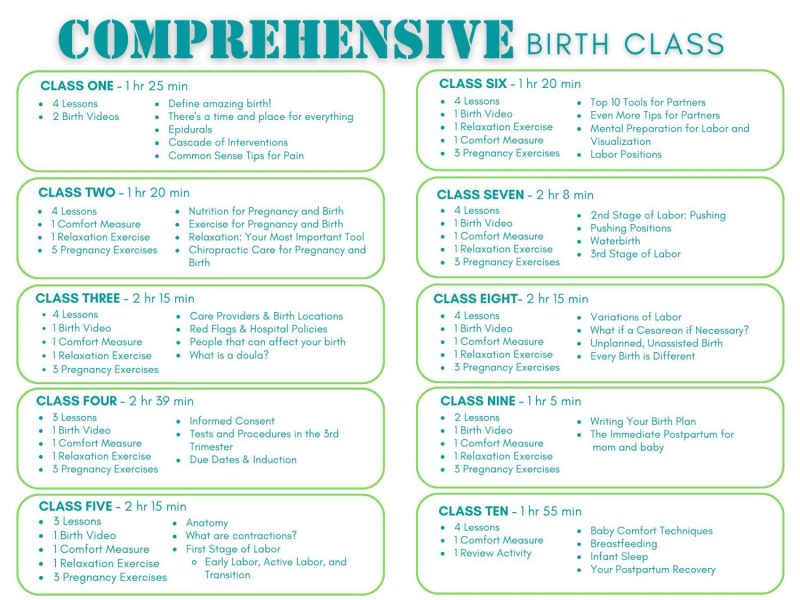Introduced in 1948 to strengthen the pelvic floor, Kegel exercises have recently experienced a surge of controversy. The discussion on how and when Kegels (an exercise designed to improve core strength and support the internal organs) are appropriate for women requires examining how the pelvic floor functions and what keeps it in shape.
This article discusses the function of the pelvic floor, how to properly incorporate Kegels into your lifestyle and alternatives if Kegels are inappropriate for you.
The function and purpose of the pelvic floor.
The pelvic floor consists of a group of muscles that sit between your pubic bone in front and your coccyx, tailbone, in the back. Ideally, the pelvic floor acts like a trampoline – flexible to weight when needed, but strong enough to hold up what is placed on it. The pelvic floor has four main functions:
- It acts as a sphincter, which means it closes the openings of the urethra and the vagina.
- It is supportive. In particular, it supports the pelvic organs (uterus, bladder, etc.).
- It has a sexual function. An orgasm is a rhythmic contraction of the pelvic floor muscles.
- It is a stabilizer. The muscles of the pelvic floor stabilize the pelvis during movement. When functioning properly, the pelvic floor can help prevent or decrease pain in the low back, pelvic region, hip, and even the knees. Think of the pelvis as the foundation of a house and your spine as the house. If the foundation is weak, then the house won’t stand properly. Your pelvic strength is important to your spinal health and thus the health of the entire body.
The pelvic floor muscles do not exist alone. They work together with your transverse abdominals and multifidus (deep back) muscles to support your pelvis and spine. Your glutes are also very important to the stability of your body- specifically your gluteus medius.
In addition to the everyday necessity of a strong pelvic floor for prevention of problems like urine leakage, a strong pelvic floor is specifically important during pregnancy and childbirth. Most every pregnant woman has noticed increased pressure and, sometimes, trouble with leaking urine as the baby gets bigger and presses down more and more on the bladder. A strong pelvic floor can help with this and is important to proper positioning of the baby at the time of birth.
The ideal position for a baby to be born is with the face towards the mother’s tailbone with the chin tucked to the chest. This ensures that the smallest presenting part (that “cone head”) sometimes noticeable in the hours after birth) is presenting. A strong pelvic floor applies appropriate pressure to the top of the baby’s head, causing the chin to tuck and encouraging this birthing position for the baby. A face or military presentation (where the face of the baby is the presenting part) is much bigger, can cause more pain, and can, in fact, be impossible to deliver vaginally.
A properly functioning pelvic floor will help prevent embarrassment, discomfort, and even difficult labors.
What are Kegels?
Arnold Kegel was a gynecologist in the 1940s who worked with women suffering from “genital relaxation” or a weak pelvic floor. He used an instrument that could measure the strength of the pelvic floor muscles to determine the severity of the condition. Dr. Kegel saw women of all ages who struggled with various problems (incontinence, sexual dysfunction, etc.) due to a weak pelvic floor. His intention was to find a way to help people who struggled with urinary incontinence without resorting to surgery. (You can read Arnold Kegel’s published paper on the pelvic floor here.) He sought to help women learn to identify and strengthen the pelvic floor through resistance exercise, ie, muscle contraction. His findings indicated that in all but the most severe cases of pelvic floor damage, women could return to a normal, functional lifestyle through these exercises. The strengthening of the pelvic floor muscles, pioneered by Dr. Arnold Kegel, are known today as Kegel exercises.
Researchers are still finding great benefits to women who are doing proper pelvic floor exercises. Today, rather than using the instrument used by Dr Kegel, physical therapists and others specializing in female pelvic floor health use biofeedback machines to measure the strength of the pelvic floor and to help women learn how to properly contract and relax these muscles.
Proper Kegeling
While Kegel exercises for the pelvic floor are currently very accepted and widely done, it is apparent that just doing Kegels, without proper instruction, is simply not enough. A Kegel exercise program should be done properly and should be individually geared for each woman and her needs. The Kegel program taught in Birth Boot Camp classes is based on the work of Pamela Jones, PT. This individualized program helps each woman assess her pelvic floor needs and adjust her exercise program.
It is important that women struggling with severe or specific problems or pelvic pain consult with their care provider or seek out a physical therapist specializing in women’s health. The following are general tips for properly strengthening the pelvic floor.
A proper Kegel requires FULL relaxation and then FULL contraction and then back to FULL relaxation. Remember, proper Kegels don’t just involve contractions. Relaxation is a very important component to your pelvic floor health. If a woman cannot achieve full pelvic floor relaxation then stretching and relaxation techniques should be used first.
To begin Kegeling, you must first recognize the muscle that you will be strengthening. This is often done by stopping the flow of urine mid-stream. The muscle that you tighten in order to do this will be the same one you strengthen doing Kegels. (Don’t do this frequently, only to initially identify the correct muscle.) Noting how easy this is for you and how quickly it can be done can give you some indication of your pelvic floor strength. Another way to identify strength of the pelvic floor is by tightening your pelvic floor during intercourse and getting feedback from your partner. Note how long you can hold this contraction and how many times you can repeat it. As you begin a pelvic floor strengthening program, continually ask for feedback from your partner.
Once your pelvic floor strength has been determined, you can tailor your Kegel program to fit your needs. A weaker pelvic floor will require just three to five repetitions five times per day in a position where gravity can assist you. For example, with your hips propped up with pillows. A woman with a stronger pelvic floor will be able to Kegel in an upright position, even while walking or running and will be capable of doing more contractions.
Remember to tighten and then FULLY relax the muscle. A proper Kegel will develop both strength and awareness of the muscle. We don’t just want a “tight” pelvic floor; we want a strong pelvic floor which we are able to fully relax. Also, be aware of the surrounding muscles. The point of a Kegel is not to tighten the gluts or bottom. Those should stay relaxed. Focus on muscles in the front. It will feel like you are tightening the vaginal opening rather than the rectum.
No more Kegels?
It seems clear that the scientific literature and popular opinion recognize the importance of both the strength of the pelvic floor and the importance of Kegels in this strength. Despite this, Kegels have fallen out of favor in some circles and this sentiment has made its way into the birthing world.
Often those who believe Kegels should not be done recommend squatting instead. Any comprehensive birthing class will encourage and focus on squats. They are a very important exercise for many reasons – flexibility, strength, and opening up the pelvic outlet. They are also effective in strengthening the pelvic floor without the use of Kegels. Our childbirth instructors encourage their students to appropriately squat AND Kegel as part of their comprehensive physical preparation for childbirth. Many other exercises are also encouraged which help strengthen the body for birth. Ideally, these two exercises (squats and Kegels) will both be employed by women for a fully functional, flexible, and strong pelvic floor.
Is there a time when Kegels are not appropriate? Some women will find that their pelvic floor is excessively tight. Tight is different than strong. In fact, a woman can have a weak pelvic floor that is very tight. This is usually accompanied by pelvic floor pain. Women describe this pain as feeling like a headache in the pelvis. For those women whose pelvic floor is very tight, doing excessive Kegels would not be appropriate and could make the problem worse. Diagnosis and treatment from a physical therapist specializing in pelvic floor problems may be appropriate. Your physical therapist would be able to prescribe an individualized program that could help.
In addition to exercise, we recommend that pregnant women seek chiropractic care from a Webster certified chiropractor. Chiropractic care during pregnancy can also help with some of the pain associated with pregnancy and, like a strong pelvic floor, can help ensure proper positioning of the baby. As mentioned earlier, the pelvic floor, spine and pelvis all work together for a functioning, healthy, and pain free body. If the pelvis is badly misaligned causing torque on the pelvic floor muscles and thus excessive tightness and an inability to fully relax, it can not only cause pain but make it nearly impossible to properly Kegel and strengthen the pelvic floor muscles. A chiropractic adjustment by a Webster certified chiropractor can remove the misalignment in the pelvic bones allowing full relaxation of the pelvic floor and relieving pain. Once the bones are properly positioned and the muscles are allowed to fully relax, a complete Kegel exercise program may be implemented to strengthen the muscles that were once weak and hypertonic (tight), allowing it to be both supple and strong.
In conclusion
Without a doubt, a strong and healthy pelvic floor is important to every pregnant woman. A comprehensive childbirth class should include various ways to strengthen the pelvic floor, including Kegels, squats, and other core strengthening exercises. It is important for women to evaluate their own individual needs and adapt, as necessary. Your childbirth educator will also go over many of the ways you can protect both the pelvic floor and the perineum (tissues between the rectum and the vagina) during birth.
Additional information and resources-
- Dr Kegel’s Research: http://journals.lww.com/greenjournal/Citation/1956/11000/Early_Genital_Relaxation__New_technic_of_diagnosis.4.aspx
- Study finds Kegel exercises more effective than cone or electric treatment: http://www.bmj.com/content/318/7182/487.abstract
- Cochrane Library meta analysis finds that doing Kegel exercises improves lifestyle and in particular, stress incontinence: http://onlinelibrary.wiley.com/doi/10.1002/14651858.CD005654.pub2/abstract;jsessionid=ECFB884EB2A0D1D252E134351F9B8AA4.d03t01
- To find a chiropractor certified to work work with pregnant women, check out: http://icpa4kids.org/
 Sarah Clark has been a birth instructor since 2008 and now helps train future birthing instructors for Birth Boot Camp. A mother of four, she also blogs about natural birth and motherhood at www.mamabirth.com.
Sarah Clark has been a birth instructor since 2008 and now helps train future birthing instructors for Birth Boot Camp. A mother of four, she also blogs about natural birth and motherhood at www.mamabirth.com.









[…] the muscle and gradually releasing. Start with 25 per day, and gradually increase the amount. Birth Boot Camp has a great article on kegals if you would like more […]